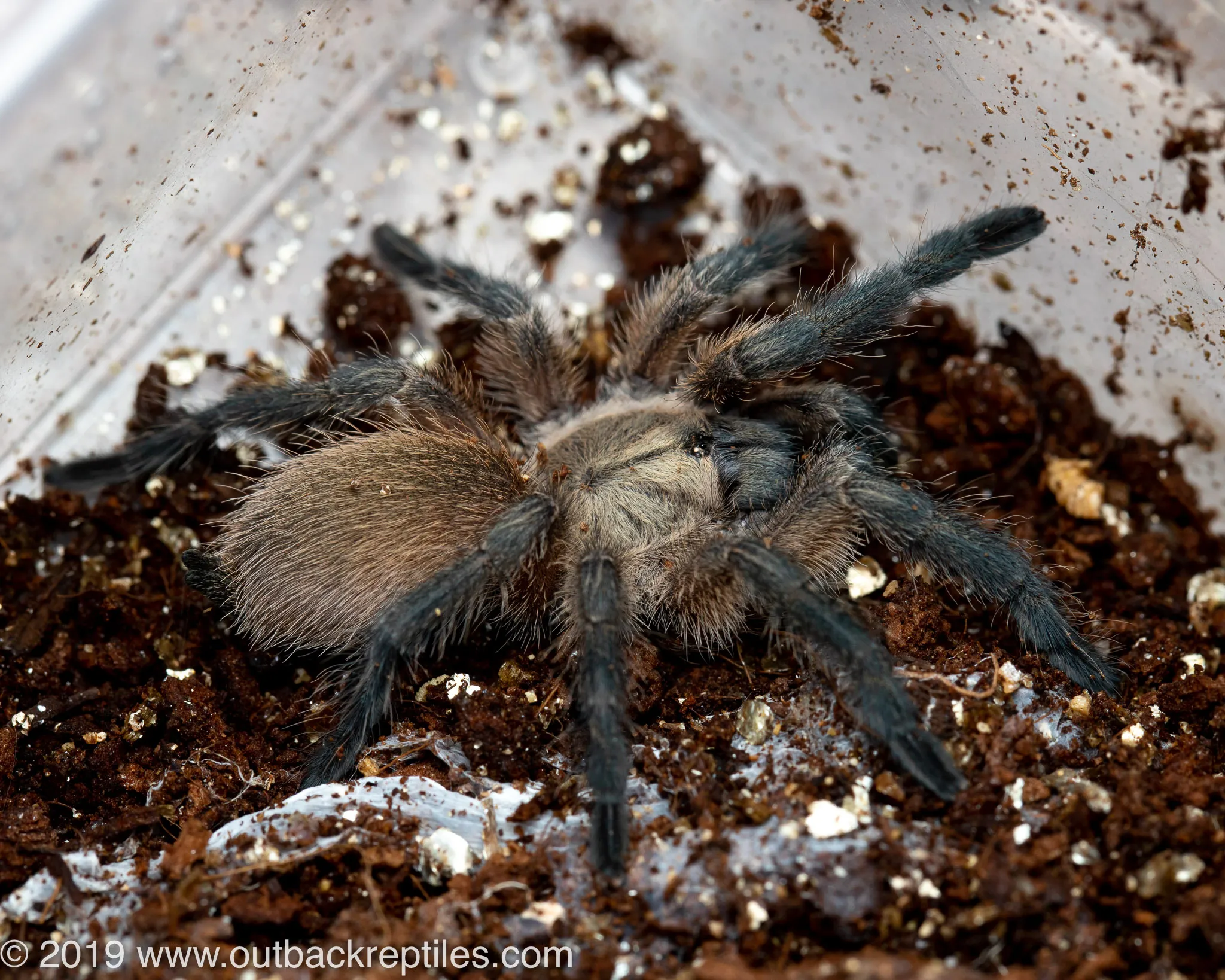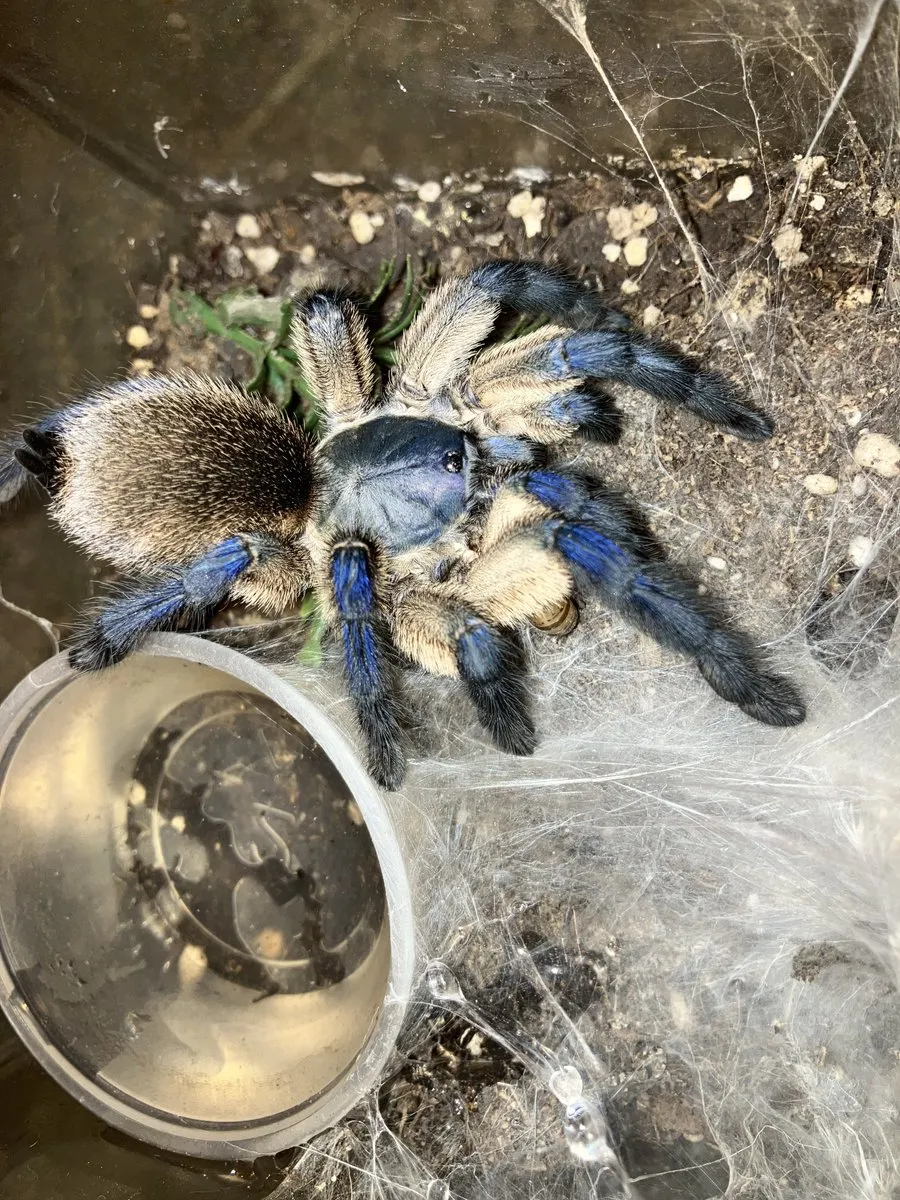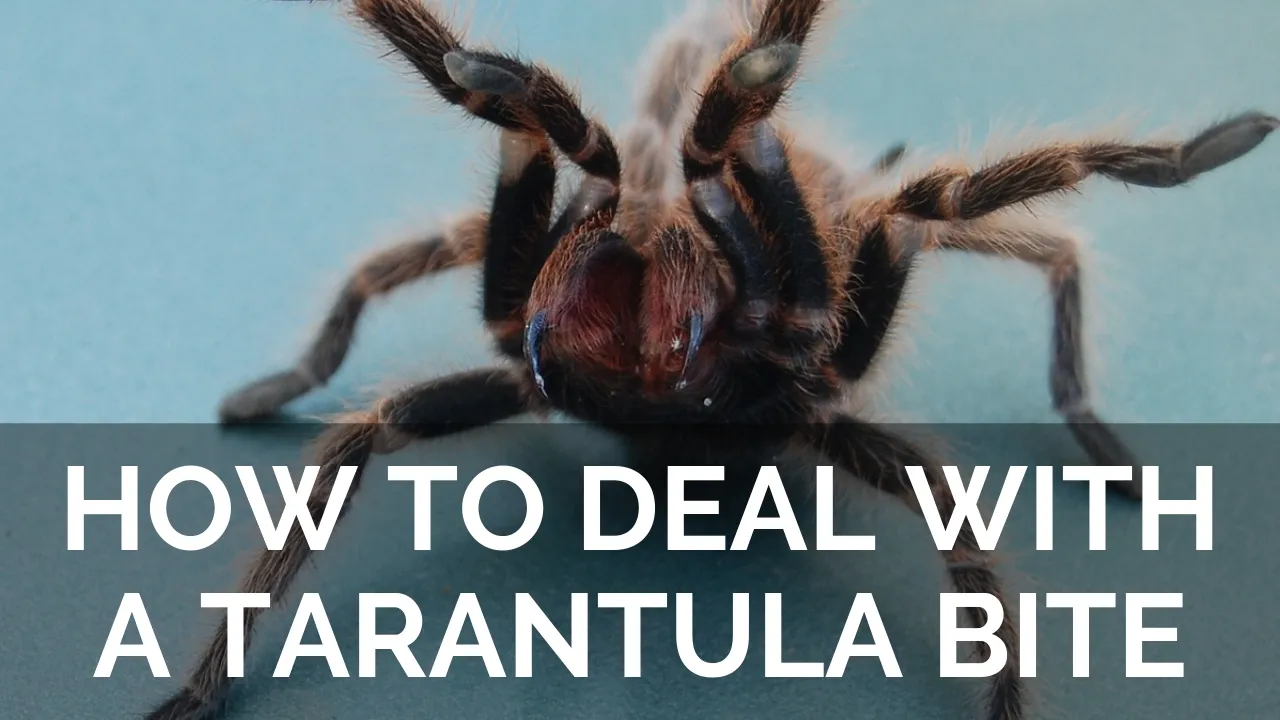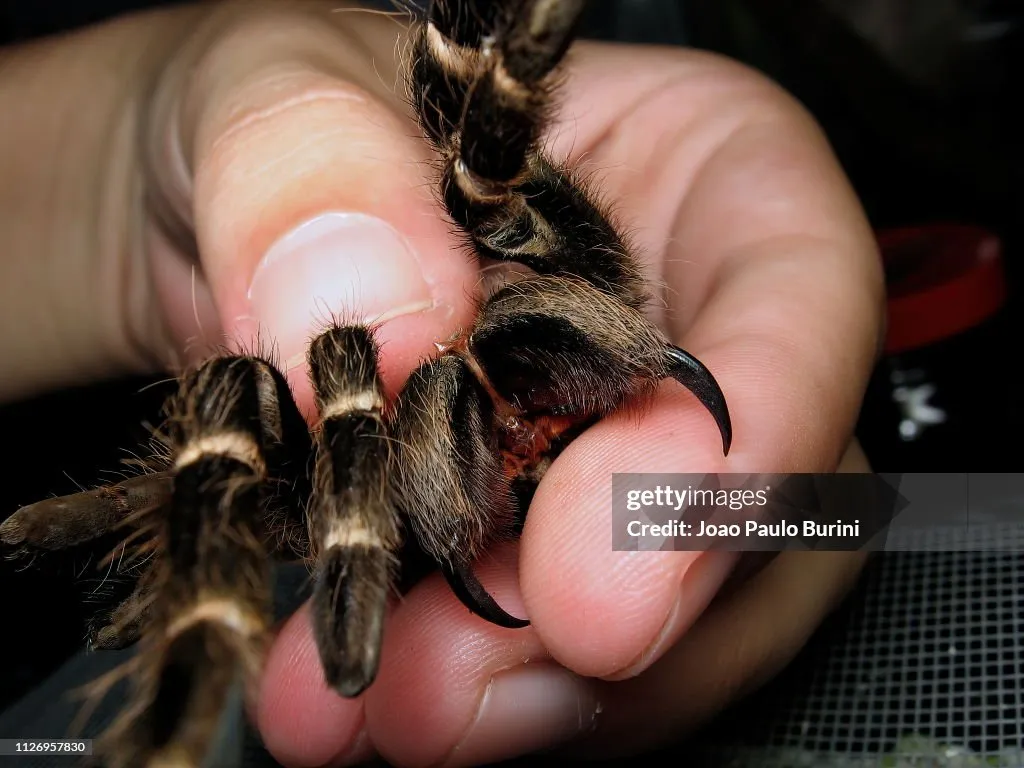Top 5 Balfouri Tarantula Bite Facts
The Balfouri tarantula, a fascinating species, is a popular choice for many spider enthusiasts. While these spiders are generally docile, a bite can occur. Understanding the facts surrounding a Balfouri tarantula bite is crucial for anyone who owns, handles, or lives near these creatures. This article delves into the top 5 facts you should know, providing essential information about the bite, its effects, and how to deal with it.
About the Balfouri Tarantula
The Monocentropus balfouri, commonly known as the Socotra Island Blue Baboon tarantula or simply the Balfouri tarantula, is a species native to the island of Socotra, Yemen. These spiders are known for their communal living habits, a rare trait among tarantulas. They are medium-sized tarantulas, with a body length of about 5-6 inches. Their coloration is striking, often featuring a mix of tan, brown, and sometimes bluish hues on their legs, adding to their appeal as pets. Their relatively calm temperament, compared to some other species, makes them a more manageable option for experienced keepers. However, it’s essential to remember that they are still venomous arachnids, and caution is always advised.
Habitat and Appearance

In their natural habitat, Balfouri tarantulas live in burrows or rock crevices. They create webs at the entrance to their homes. They are characterized by their striking appearance, featuring a tan body and legs that can display a blue iridescence. They have a medium size, making them a visible presence in their enclosures but not excessively large. The coloration and communal nature of the Balfouri tarantula contribute to its popularity in the pet trade.
Balfouri Tarantula Venom and Bite
Balfouri tarantulas, like all tarantulas, possess venom used primarily for subduing prey. While the venom is not considered lethal to humans, a bite can still be a painful experience. The primary function of the venom is to paralyze the insect prey. The bite itself usually occurs when the tarantula feels threatened, such as when it is being handled or if it perceives a threat in its enclosure. It is essential to understand the composition, the symptoms, and the severity of a potential bite to ensure appropriate care and response.
Venom Composition
Tarantula venom is a complex mixture of proteins, enzymes, and peptides. In the case of the Balfouri tarantula, the venom’s specific composition isn’t extensively studied. It’s known that the venom is primarily designed to immobilize insects and other small invertebrates. The effect of the venom on humans varies depending on several factors, including the amount injected, the individual’s sensitivity, and the location of the bite. The venom is not typically life-threatening to humans, but it can cause localized pain, swelling, and other symptoms.
Bite Symptoms

Symptoms of a Balfouri tarantula bite can vary. Typically, the bite causes immediate, sharp pain at the site of the bite, similar to a bee sting. Other symptoms may include redness, swelling, itching, and muscle cramps. In some cases, more severe reactions, such as nausea, dizziness, or difficulty breathing, can occur. These symptoms are rare but require immediate medical attention. Most symptoms subside within a few hours or a day, but it is crucial to monitor the bite area for signs of infection.
Severity of a Bite
The severity of a Balfouri tarantula bite is generally considered mild to moderate. Unlike some spider species, the venom is not highly toxic to humans. However, individual reactions can vary. Factors like sensitivity and the amount of venom injected can influence the severity of the symptoms. While fatalities are extremely rare, the bite can be painful and cause discomfort. Proper first aid and, in some cases, medical attention, are crucial to manage the symptoms effectively and prevent potential complications.
Top 5 Balfouri Tarantula Bite Facts
Fact 1 Bite Behavior

Balfouri tarantulas are generally not aggressive. Bites typically occur only when the spider feels threatened or provoked, such as when handled improperly or when their enclosure is disturbed. They often display warning behaviors, like raising their front legs or flicking hairs from their abdomen, before biting. Understanding these warning signs can help keepers avoid a bite. Being aware of the spider’s behavior and providing a safe environment reduces the likelihood of any interactions.
Fact 2 Bite Symptoms
The bite symptoms typically include immediate pain, redness, and swelling around the bite site. Itchiness, muscle cramps, and sometimes nausea or dizziness are possible. Monitoring the bite area for signs of infection is vital. Symptoms usually resolve within a few hours to a day. Severe reactions are rare. Prompt first aid can help minimize discomfort and prevent complications. If severe symptoms occur, seek immediate medical attention.
Fact 3 Bite Severity
The severity of a Balfouri tarantula bite is typically mild to moderate. While the venom is not lethal to humans, it can cause localized pain and discomfort. Factors such as sensitivity and the amount of venom injected can impact the intensity of the reaction. Rarely, more severe symptoms occur. Proper first aid and medical attention can manage the symptoms and prevent potential complications. Most people recover without lasting effects.
Fact 4 Treatment Options

Treatment focuses on alleviating symptoms. Immediate first aid includes washing the bite area with soap and water, applying a cold compress, and taking over-the-counter pain relievers. For more severe symptoms, medical attention may be necessary. The doctor may administer antihistamines or provide further supportive care. If signs of infection develop, antibiotics might be prescribed. The key is to address the symptoms promptly and monitor for any complications.
Fact 5 Prevention Tips
Preventing bites is essential. Always handle Balfouri tarantulas with caution and minimize handling when possible. Avoid placing hands near the spider’s fangs. Ensure their enclosure is secure to prevent escapes. If handling is necessary, do it in a controlled environment using appropriate tools and protective gear. Regularly inspect the enclosure and handle the tarantula in a safe manner to avoid any unwanted incidents.
Balfouri Tarantula Bite Treatment
Immediate First Aid

If bitten, immediate first aid is crucial. First, gently wash the bite area with mild soap and water to remove any remaining venom and prevent infection. Apply a cold compress or ice pack to the bite to reduce pain, swelling, and inflammation. Keep the affected limb elevated to minimize swelling. Monitor the bite site for any signs of infection, such as increased redness, warmth, pus, or fever. Avoid scratching the bite area, as this can worsen the symptoms and increase the risk of infection. Seek medical advice if symptoms worsen or if you experience any severe reactions.
Medical Attention
If you experience severe symptoms, seek medical attention immediately. These symptoms include difficulty breathing, chest pain, severe dizziness, or widespread swelling. The medical professional may administer antihistamines or other medications to manage the symptoms and provide supportive care. They may also assess the need for antibiotics if the bite site becomes infected. It’s essential to describe your symptoms accurately and provide any relevant information about the bite, such as when and where it occurred. Following medical advice is crucial for recovery.
Preventing Bites
Handling Safely

Handle Balfouri tarantulas cautiously and only when necessary. Avoid direct handling if possible. When handling is required, use tools such as long tongs or a capture cup to minimize the risk of being bitten. Always supervise children around tarantulas and teach them the importance of respecting the spider. Ensure that the tarantula is calm before attempting to handle it. Avoid sudden movements or loud noises that might startle the spider. Be calm and collected to avoid any unwanted interactions.
Habitat Safety
A secure enclosure is essential for preventing bites. The enclosure should be escape-proof. Ensure the enclosure is the right size and provides adequate space for the tarantula to move and behave naturally. Maintain appropriate temperature and humidity levels, as these factors can affect the tarantula’s behavior. Clean the enclosure regularly and provide fresh water and food to ensure the spider’s health. Regularly check for any damage to the enclosure that could compromise its security.
Conclusion
Understanding the Balfouri tarantula bite is essential for both tarantula keepers and anyone who might encounter them. Although the bite is typically not life-threatening, it can be painful and uncomfortable. By understanding the symptoms, knowing how to administer first aid, and taking preventative measures, you can protect yourself and others from potential harm. Always prioritize safety when dealing with any venomous creature, and be prepared to seek medical attention if necessary. This knowledge helps to appreciate these fascinating creatures while minimizing risks.
